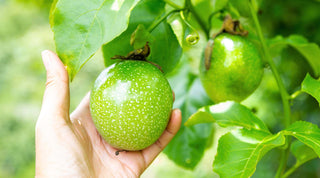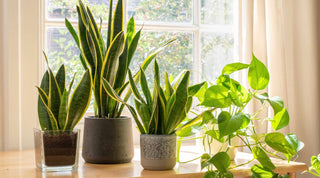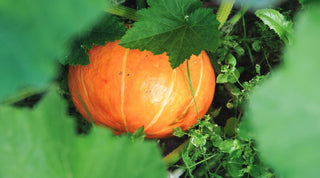Essential soil health represents the foundation of any thriving garden.
Renowned soil biologist Dr. Elaine Ingham has revolutionized our understanding of soil health, emphasizing the importance of soil microorganisms. Her methods offer a sustainable approach to nurturing soil, leading to more vibrant gardens. This post delves into Dr. Ingham's insights, providing practical tips to enhance your soil's vitality.

Understanding Soil Microbiology
At the heart of Dr. Ingham's philosophy is a focus on the soil food web – the community of organisms living in the soil. These include bacteria, fungi, protozoa, nematodes, and more. Each plays a crucial role in soil health, aiding in nutrient cycling, improving soil structure, and enhancing plant growth. Healthy soil isn't just about balancing nitrogen, phosphorus, and potassium; it's about fostering a thriving ecosystem underground.
1. Feeding the Soil Food Web
The first step to improving soil health is to provide organic matter. Compost is king here, as it's teeming with beneficial microorganisms. Dr. Ingham advises using quality compost to introduce a diversity of microorganisms into the soil. Additionally, incorporating organic mulches can provide a continuous food source for these microorganisms.
2. Avoiding Synthetic Chemicals
Dr. Ingham warns against the use of synthetic fertilizers, pesticides, and herbicides. These can disrupt the natural soil food web, killing beneficial microorganisms and degrading soil health. Instead, opt for organic pest control methods and natural fertilizers like compost teas, which are gentle yet effective.
3. Aeration and Minimal Disturbance
Compacted soil hinders the growth of beneficial microorganisms. Dr. Ingham recommends regular aeration of soil to improve oxygenation. However, it's essential to balance this with minimal soil disturbance – tilling can destroy soil structure and harm the microorganisms. Gentle aeration techniques, like broadforking, can be more beneficial.
4. Compost Tea: A Miracle Elixir
One of Dr. Ingham's most celebrated contributions is her advocacy for compost tea. This liquid solution, made by steeping compost in water, is a concentrated dose of beneficial microbes. Spraying compost tea on your plants and soil can significantly boost microbial activity, leading to healthier plants and more fertile soil.
5. Plant Diversity for Soil Health
Diverse plantings contribute to a healthy soil ecosystem. Different plants attract varied microorganisms, enhancing soil biodiversity. Dr. Ingham suggests incorporating a mix of plants – from grasses to shrubs to vegetables – to create a balanced soil food web.
6. Monitoring Soil Health
Finally, Dr. Ingham emphasizes the importance of regularly monitoring your soil's health. This can be as simple as observing plant growth and soil texture or as detailed as conducting soil tests. Keeping track of these changes helps adapt your gardening practices to best support soil health.
Conclusion
Dr. Elaine Ingham's methods aren't just about growing plants; they're about cultivating life beneath the surface. By focusing on the soil food web and using organic practices, gardeners can create a sustainable, self-sufficient ecosystem in their gardens. This approach benefits the plants and contributes to a healthier environment. Embrace these principles, and watch your garden transform into a more robust, vibrant, and productive space.



